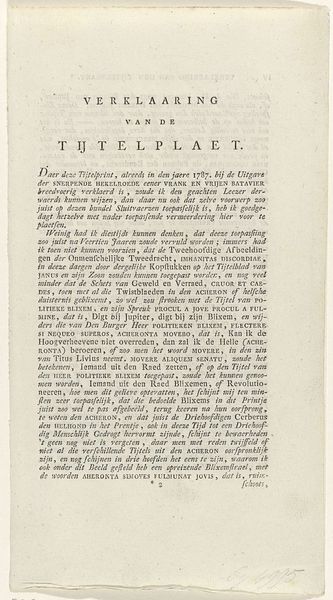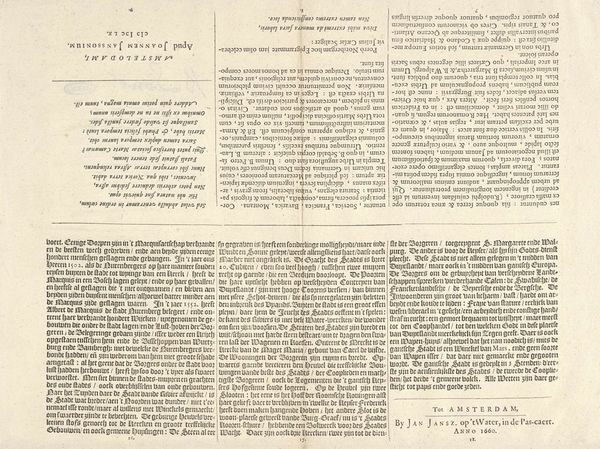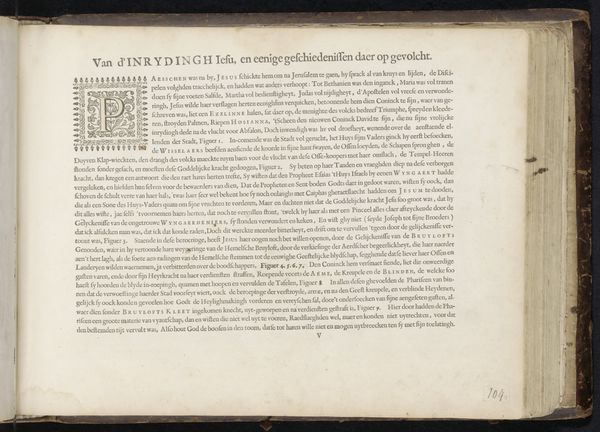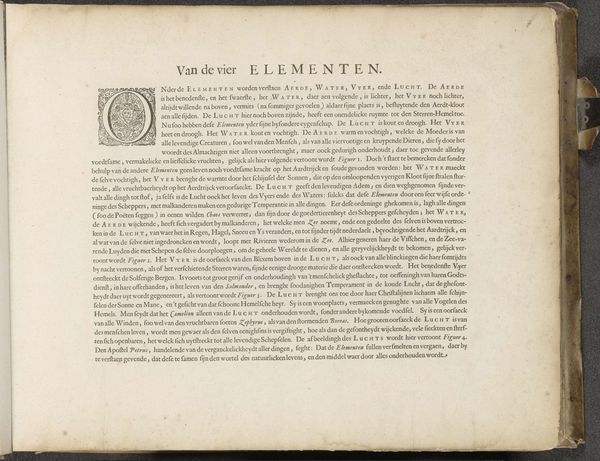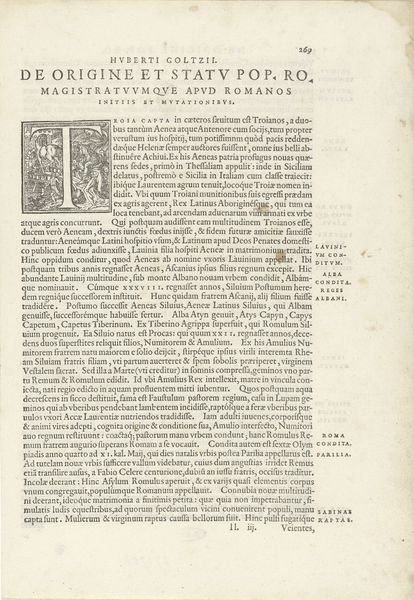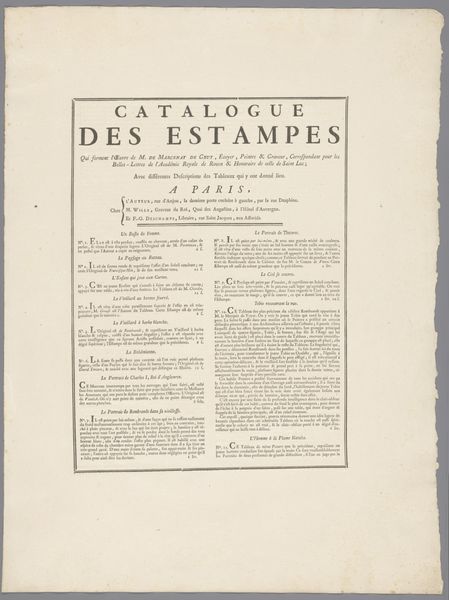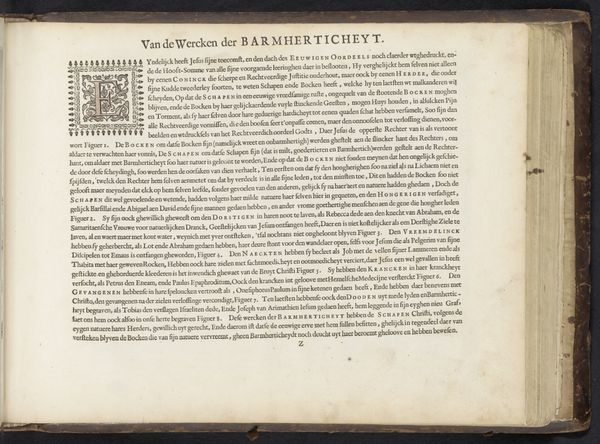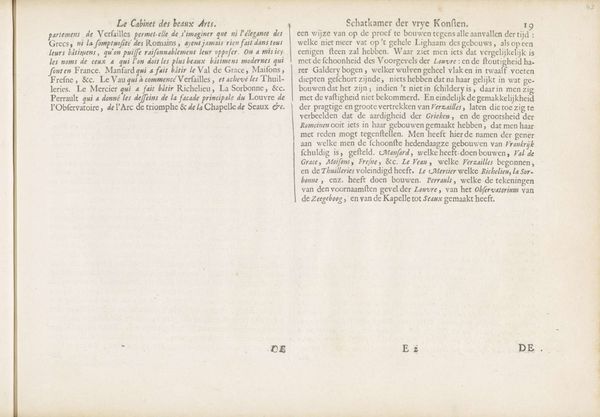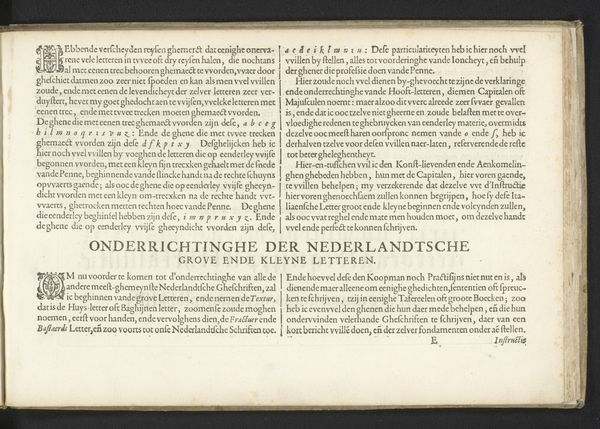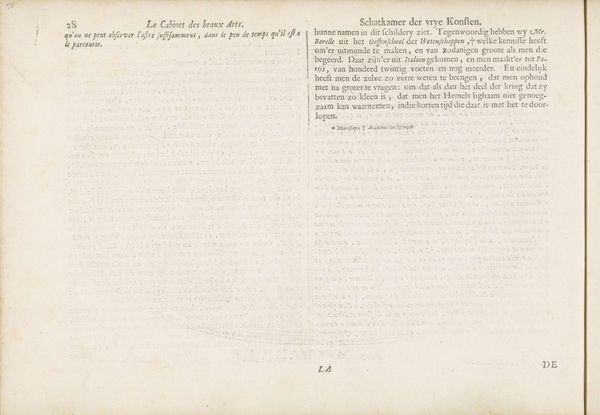
Verklaring van de allegorie op de huwelijken van de zoon en dochter van Willem V, 1790-1791 1790 - 1791
0:00
0:00
print, paper, engraving
#
neoclacissism
# print
#
paper
#
text
#
history-painting
#
engraving
Dimensions: height 160 mm, width 195 mm
Copyright: Rijks Museum: Open Domain
Curator: This engraving by Willem Coertse, created between 1790 and 1791, is entitled "Explanation of the Allegory on the Marriages of the Son and Daughter of Willem V." It’s currently held in the Rijksmuseum. Editor: My first impression is… information overload! The text dominates the visual field. It’s almost like an academic broadside rather than a purely representational artwork. Curator: Precisely. It commemorates and, in effect, justifies politically, the dynastic marriages of William V's children, framing them within a narrative of national unity and divine blessing. The emphasis here is on disseminating a particular ideology through visual and textual means. Editor: Looking closer at the engraving itself, it strikes me that Coertse’s chosen a limited palette—only one material to achieve various contrasts. What does this say about production conditions and the intended audience? Were prints like these meant for the wider populace or specifically for those with ties to the court? Curator: Good question. These prints had a circulation beyond court circles; such works visually reinforced hierarchical power dynamics in Dutch society. Look, for example, at how the Prussian Eagle offers a wedding ring that symbolically binds an Orange branch to the standard of Brunswick, beneath a protective genius. The allegorical figures become tools within a carefully structured political narrative. Editor: Right, everything is staged. Neptune and Mercury symbolize prosperity and trade, endorsing the marriages with divine approval, but this “divine blessing” masks very earthly political calculations. Who benefitted and at whose expense? The image feels less celebratory and more like a formal declaration of interests, printed for distribution. Curator: The goddess of Freedom alongside the Dutch Lion shows the symbolic restitution of previous glory. Even the watchful eye of God looks benevolently down from Heaven. Consider this artwork as a testament to the powerful elite’s use of symbolism in solidifying dynastic ties. It presents the union of power through images and associated virtues. Editor: So the symbolism normalizes these unions, naturalizes this transfer of power—and makes the material conditions of their power disappear behind layers of allegory? Coertse delivers more than an image, a constructed social reality made manifest through lines and carefully placed text. Curator: Exactly, a constructed reality, and, from a contemporary perspective, we are free to interrogate it and the narrative of authority it tries to embed. Editor: From the choice of the monochrome material, and the production and intention, there is also a clear story to be understood.
Comments
No comments
Be the first to comment and join the conversation on the ultimate creative platform.
